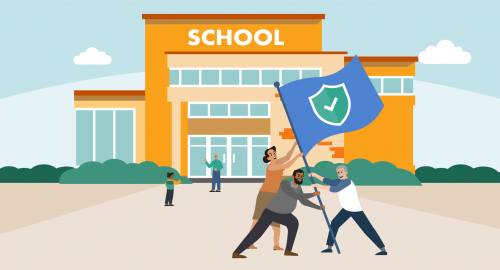masaharusato.com – The issue of school crime is a complex challenge that requires a collaborative effort from various stakeholders within the community. Building strong partnerships between schools, law enforcement, parents, and local organizations is crucial in creating a safe learning environment. This article explores the importance of community involvement in school safety and the strategies that can be employed to foster effective partnerships.
Understanding School Crime
School crime encompasses a range of incidents, from bullying and theft to more severe acts of violence. These incidents not only impact the immediate victims but also have a broader effect on the school climate and the community’s perception of safety.
The Role of Community Partnerships
Community partnerships are essential in addressing school crime. By working together, schools and community members can share resources, expertise, and information to prevent and respond to incidents effectively. These partnerships can take many forms, including joint training sessions, community policing initiatives, and parent-teacher associations.
Law Enforcement Collaboration
Collaboration with local law enforcement agencies is a critical component of school safety. Police officers can provide training on threat assessment, conflict resolution, and emergency response. Additionally, the presence of school resource officers (SROs) can serve as a deterrent to crime and provide a liaison between the school and the police department.
Parent and Family Engagement
Parents and families play a vital role in school safety. Engaging parents through regular communication, involvement in school activities, and education on safety issues can help build a supportive community around the school. Parents can also serve as role models for their children, reinforcing the importance of respect, responsibility, and positive behavior.
Local Organization Support
Local organizations, such as community centers, youth programs, and faith-based groups, can contribute to school safety by providing additional support and resources. These organizations can offer mentorship programs, after-school activities, and counseling services that address the underlying issues contributing to school crime.
Strategies for Building Effective Partnerships
To build effective partnerships, schools and communities must establish clear lines of communication, set shared goals, and develop trust. Regular meetings, community forums, and joint initiatives can help ensure that all stakeholders are involved and invested in the safety of the school.
Conclusion
Addressing school crime is a community-wide responsibility that requires the collective effort of schools, law enforcement, parents, and local organizations. By building strong partnerships and collaborating on safety initiatives, communities can create a secure environment that promotes learning and well-being for all students. It is through these united efforts that we can foster a culture of safety and prevent the occurrence of school crime.
